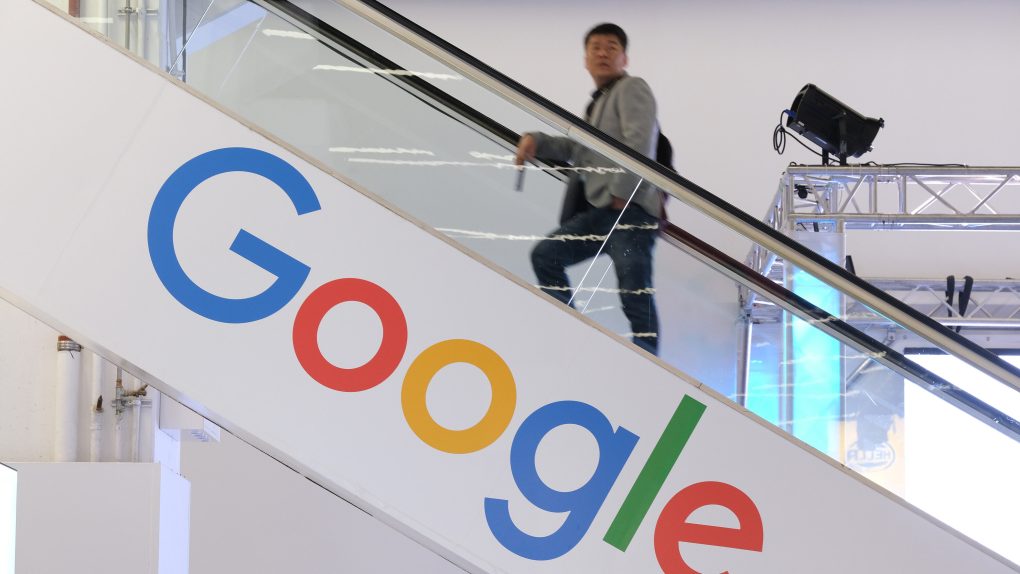Decrypting a doctor’s handwriting on a prescription is a game many of us have had to play more than once. For whatever reason, medical professionals frequently scribble illegible chicken scratch when they write something on paper. Google wants to fix that with a new artificial intelligence algorithm for Google Lens that could make deciphering a doctor’s handwriting a thing of the past.
UPDATE: A Google spokesperson explained to BGR that the handwriting technology previewed in India is a research prototype of a machine learning model. The technology is exciting, but it’s not ready for public use. Furthermore, While Google Lens seems like the likeliest destination for the feature, Google hasn’t committed to bringing it to a specific product in the future. The original post follows below.
The Google Lens AI already uses various models to recognize objects and text. It’s only natural that Google would want to advance this functionality. Turning your phone into a device that can translate handwritten text is the next logical step, especially for notes and prescriptions from your doctor.
Google hosted its annual Google for India conference on Monday. That’s where it revealed that it’s already working with pharmacists to figure out ways to better understand doctors’ handwriting.
As you’ll see in the clip at the end of the post, the Google Lens feature is still in the early phases. Currently, it’s trained to recognize the names of medicines in prescriptions, which is actually a key goal of patients. All you need to do is take a photo of the prescription. The AI will start deciphering the doctor’s handwriting. Google explained the feature in a blog post:
We announced today a state-of-the-art AI and machine learning model that can identify and even highlight medicines within handwritten prescriptions. This will act as an assistive technology for digitizing handwritten medical documents by augmenting the humans in the loop such as pharmacists, however no decision will be made solely based on the output provided by this technology.
While Google describes it as a state-of-the-art AI feature, it’s unclear when this capability will roll out to Google Lens. Google will need to ensure that the AI translates doctor prescriptions correctly. It can’t afford any misses or accidental translations.
Also, it’s too early to tell whether the handwriting recognition tool targeting medicine will launch worldwide or target only specific markets. Google is working with pharmacists in India on local prescriptions. But each country has different laws for such medical documents. The AI might need to be fine-tuned for each market.
That’s all speculation, however. Google didn’t elaborate on the future of this exciting Google Lens feature.








